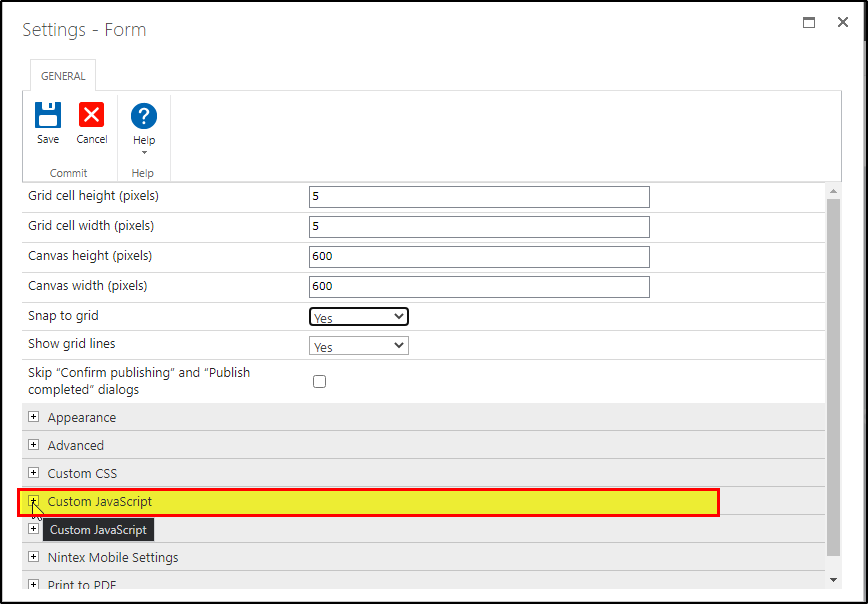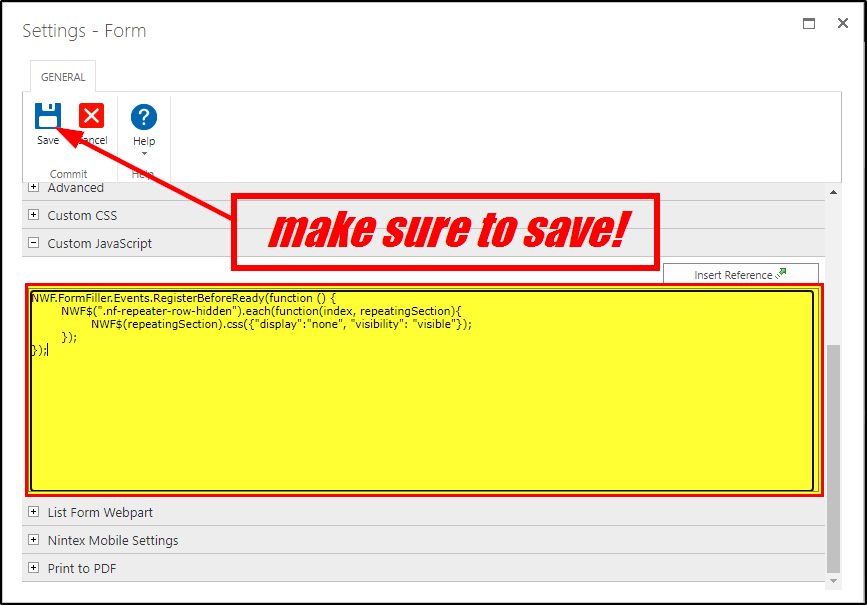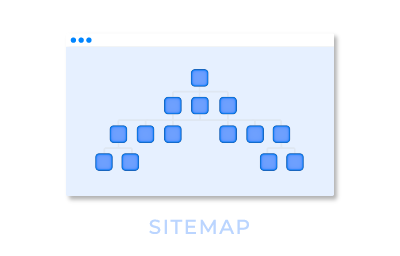I am creating my first repeating section to store notes and comments on a form from successive users.
I have managed to capture the data in the sharepoint list (XML multiline text) and then format the elements of it for HTML output and store that as well, however, the entire repeating section that contained the data when I submitted it is an appropriately sized large gray area, instead of continuing to show the data I submitted in the individual fields.
I can hit the add row and it simply expands the gray space.
Should I not be able to expect another set of the fields to be available for input, even if the submitted data is no longer shown in the original fields?
I am probably missing some very simple part of the process or expecting behaviour that is not supported, as I have not seen anyone else reporting this problem.
Best answer by MegaJerk
View original





